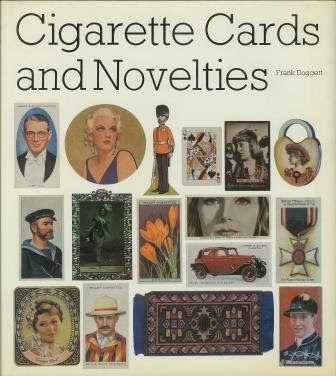It was my privilege to interview Cath Hodsman, a skilled and widely acknowledged British wildlife artist, who lives in Gloucestershire, for Cotswold Life, this morning.
 |
| Cath at her residency at Nature in Art |
Her work is in many specialist wildlife and natural history venues, including the most famous museum, The Natural History Museum in London.
Gaining an insight into an illustrator's studio space is always fascinating and Cath's work environment was certainly full of life in the real sense of the word. I was introduced to her 20 "Stickies" - her trusted growing family of female Indian Stick Insects - and drawers full of butterfly wings, honey bees and other specimens. Many of them have been given to her from Butterfly House at Berkeley Castle, which means Cath has primary research at her fingertips.
Armed with her glasses and strong microscopic glasses she looks, paints, looks, paints, until she has captured every hair, fleck of colour and stroke with her watercolours and acrylic inks. The results are stunning. They are accurate yet in a much more friendlier and delightful way than the more clinical diagram-like images one often finds in the old encyclopedias.
Once I have written the feature I will post it, but one thing that struck me in chatting with Cath, is the passion and enthusiasm she has for her subject. She just loves bugs and is evangelistic in her approach. It's not just about capturing an insect - be it a bee, a beetle or a butterfly - that she is interested in; it is sharing that enjoyment for the little creatures with others, whether they are young or old; raising awareness of their importance and raising money to ensure they are protected for the future.
Cath is about to run a series of workshops to mark 2014, the Year of the Microscope. These include microscopy sketching and painting courses at The Centre for Science and Art, Stroud; Painswick Rococo Garden and Slimbridge.
As I chose to do an artist residency for my own work placement, it was very fitting that I had chance to talk in depth about Cath's own experience at Nature in Art and other venues. She is about to start another residency at the WWT at Slimbridge. So I asked her what value such residencies have and what she expects to gain from them. This was her reply:
What it means to be an Artist-in-Residence
There are several words that spring to mind when I think about what it means to me as an Artist-in-Residence.......
ART – I have an uninterrupted chance to indulge myself in my favourite activity – to produce a painting or sketch.
INSECTS – The subject matter of my art is usually my favourite things - insects! Such fascinating, beautiful and important creatures deserve to be recognised through the medium of art.
CONSERVATION – If I choose, I can use my art to highlight conservation issues, that affect insects, such as pesticide use, habitat loss, or climate change.
CONVERSION – So many people are averse to insects, but residences are always such as great opportunity to use my microscopes and specimens, to show people how beautiful, important, strong, diverse and fascinating insects really are.
CHATS – During all of my residences, I meet so many fab people -folks who are interested in insects, art, conservation, or all three. It is always so inspirational to swap experiences, knowledge, and stories with like-minded people – and even to stay in touch with them after.
INSPIRATION – As a wildlife and natural history artist, I am so lucky to be based as Artist-in-Residence at some truly inspirational venues. Places that have so much beauty, such as WWT Slimbridge, Nature in Art or Painswick Rococo Gardens serve to feed my artistic, natural history and conservation juices. One month I might be overlooking the diverse beauty of the wetlands at Slimbridge. Another month I might be taking in the serene beauty of the Painswick Valley at the Rococo Gardens or indulging myself in the genius of other wildlife artists at Nature in Art.
KNOWLEDGE – I love meeting the many hardworking staff, experts and volunteers who run these fab venues. There is so much to be learnt from Reserve Managers, Tour Guides, Gardeners, Species Experts, Planners, Facilitators, and Helpers.
FUND RAISING – Through art sales during my residences, funds go back into supporting these fantastic hosts, to enable them to continue to carry out their important work.
ENJOYMENT – I am lucky enough to mix all of my passions in one job – life doesn’t get a lot better!
Her comments really helped and the mixing of passions particularly rung true. I love capturing stories, meeting people, making quirky, bright, detailed illustrations, raising awareness and uplifting people too. So this is a great starting point to help me focus on the next stage of my artistic career.
http://www.cathhodsmanwildlifeartist.com/







.jpg)




















